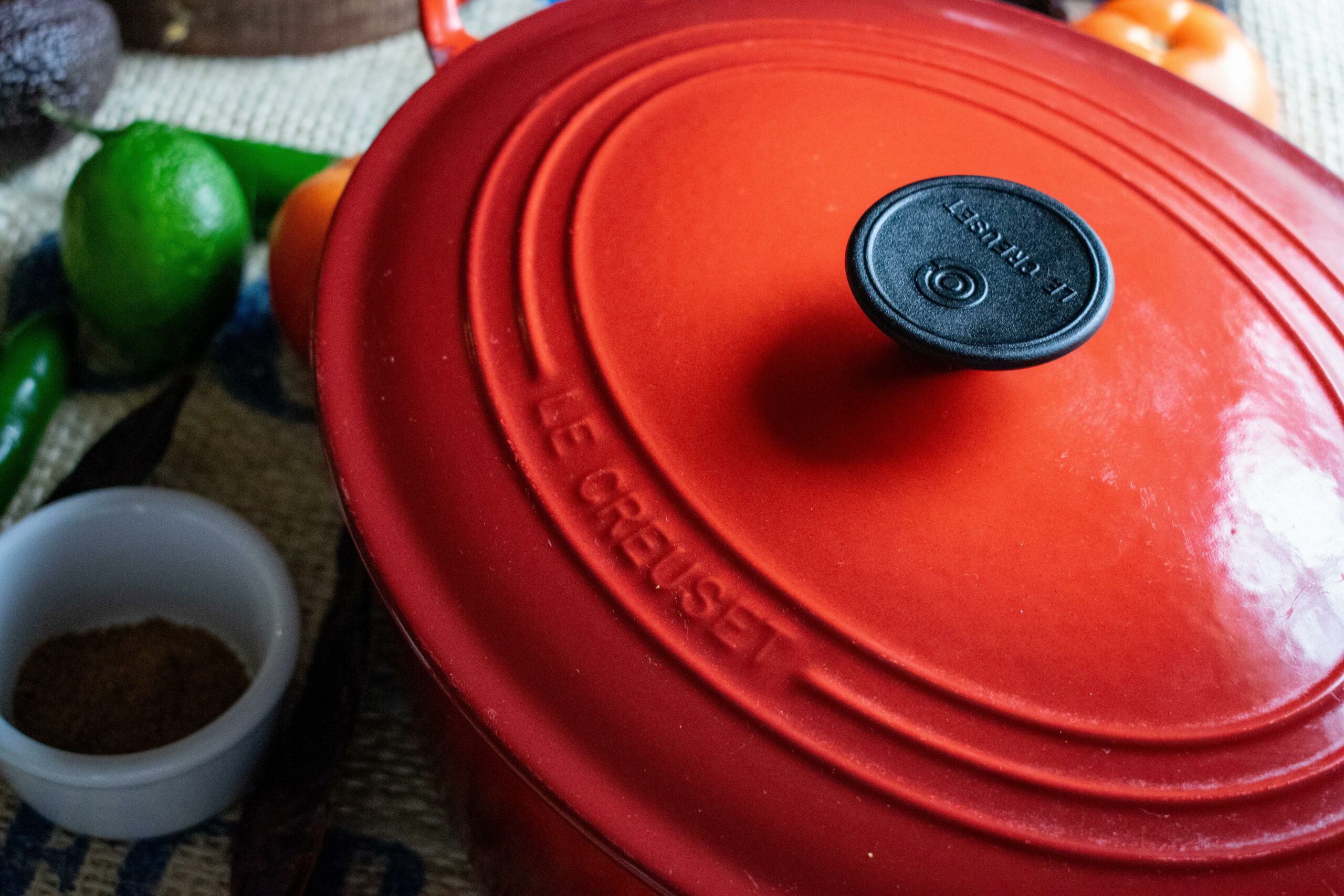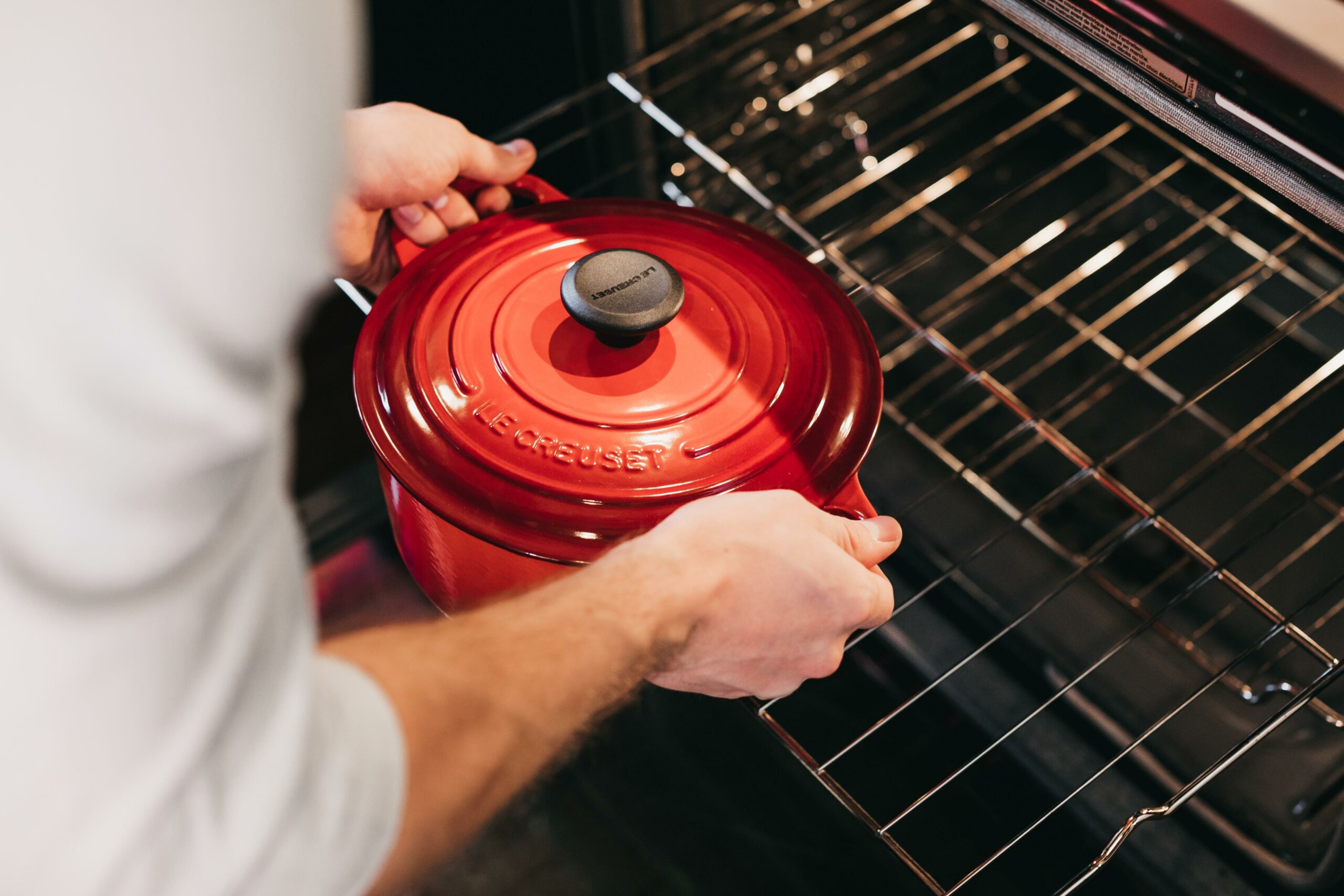Are you ready to embark on a culinary journey that promises to revolutionize your cooking experience? Look no further than stainless steel cookware – the unsung hero of every kitchen. In this article, we will uncover the essential facts about stainless steel cookware that will leave you amazed and inspired. From its exceptional durability and heat distribution properties to its non-reactive nature and ease of maintenance, we will explore all the reasons why stainless steel cookware deserves a coveted spot in your culinary arsenal. So, fasten your apron strings and get ready to delve into the fascinating world of stainless steel cookware. Trust me, it’s an article you won’t want to miss!
Facts About Stainless Steel Cookware
Stainless steel cookware is a staple in kitchens worldwide, known for its durability, versatility, and exceptional performance. Let’s delve into some key facts that make stainless steel cookware an essential addition to any kitchen.

1. Stainless Steel Attracts Magnets
Unlike aluminum cookware, stainless steel is magnetic. This unique property allows you to use a magnet to quickly distinguish stainless steel pans from other types. So, the next time you’re sorting through your cookware collection, grab a magnet and put it to the test!
2. Stainless Steel Cookware: A Worthwhile Investment
While stainless steel cookware may be pricier than its aluminum counterparts, it’s worth every penny. The durability and longevity of stainless steel make it a wise investment that will withstand the test of time, providing you with reliable cooking performance for years to come.
3. Heat Conduction: Aluminum vs. Stainless Steel
When it comes to heat conduction, aluminum takes the lead. It’s an excellent conductor of heat, distributing it evenly across the cooking surface. On the other hand, stainless steel is a poor conductor, which is why many stainless steel pans have cladding—layering of different metals—to enhance heat distribution.
4. Easy to Clean and Maintain
One of the standout features of stainless steel cookware is the ease of cleaning and maintenance it offers. Thanks to its non-porous and non-reactive nature, stainless steel resists staining, rusting, and discoloration, making it a breeze to clean. Simply wash it with warm soapy water, and it’s ready for your next delicious creation.
5. Superior Durability and Resistance
Stainless steel cookware is renowned for its exceptional durability. It can withstand high temperatures, making it oven-safe and ideal for searing, roasting, and broiling. Additionally, stainless steel is highly resistant to scratching from cooking utensils, making it a reliable option for everyday use.
6. Induction-Safe and Versatile
Stainless steel pans are not only compatible with all types of stovetops, including induction, but they also heat up quickly and respond to temperature changes effectively. This versatility allows you to effortlessly transition from stovetop to oven without any concerns.
7. Chromium: The Key Ingredient
Every stainless steel pot or pan is crafted using a combination of metals and chemicals that always includes at least 10% chromium. This chromium content creates a crucial protective layer on the cookware’s surface, making it highly corrosion resistant and preventing rust, staining, and discoloration.
In conclusion, stainless steel cookware offers a plethora of benefits, from its excellent heat distribution capabilities (especially when layered with other metals) and ease of maintenance to its induction compatibility and remarkable durability. Whether you’re a seasoned chef or an aspiring home cook, investing in stainless steel cookware is a wise choice that will elevate your culinary creations to new heights.
Remember, when it comes to stainless steel cookware, magnets don’t lie—they attract to the allure of quality and reliability!
Key Takeaway: Stainless steel cookware offers outstanding durability, heat conduction, and ease of maintenance. With its compatibility across different stovetops and resistance to corrosion, it’s a worthwhile investment for any kitchen. So, why not indulge in the versatility and reliability of stainless steel?
Stainless steel is a versatile and fascinating material that has revolutionized countless industries. If you’re curious about the properties, uses, and interesting facts about stainless steel, look no further! Click here to uncover a treasure trove of knowledge about this incredible alloy: facts about stainless steel. Prepare to be amazed as you delve into the intriguing world of stainless steel and discover its remarkable characteristics, historical significance, and innovative applications. Whether you’re a scientist, engineer, or simply someone with an inquisitive mind, this collection of stainless steel facts is sure to captivate and inspire you. So go ahead, click the link, and prepare to embark on an enlightening journey!
Facts about stainless steel cookware are highly sought after by both professional chefs and home cooks alike. The durability and versatility of stainless steel make it a popular choice for kitchen enthusiasts. If you’re curious about the benefits of using stainless steel cookware, you’ll be fascinated by these stainless steel cookware facts. From its ability to distribute heat evenly to its resistance to corrosion and staining, stainless steel cookware is a must-have in any kitchen. Learn more about the advantages of cookware made from stainless steel here: stainless steel cookware facts.
When it comes to cookware facts, stainless steel is a top contender. Its non-reactive surface ensures that your food retains its flavors and nutrients while also providing easy cleaning and maintenance. Whether you’re a seasoned chef or just starting out in the kitchen, discovering the benefits of stainless steel cookware can revolutionize your culinary experience. Discover more about the wonders of cookware made from stainless steel: cookware facts stainless steel.
In addition to these interesting tidbits, stainless steel cookware is also known for its sleek and modern aesthetic. The polished finish of stainless steel adds a touch of elegance to any kitchen decor. But don’t just take our word for it – dive into the world of stainless steel cookware and see for yourself. Explore the fascinating stainless steel cookware facts that will transform the way you cook: stainless steel cookware facts. Remember, a well-equipped kitchen is the foundation for creating culinary masterpieces and stainless steel cookware is a key ingredient in achieving culinary perfection.
So, whether you’re a cooking enthusiast or simply interested in gaining knowledge about stainless steel cookware, take the plunge and click on the captivating link below: cookware facts stainless steel. Your culinary journey awaits!
Stainless Steel vs. Cast Iron: The Best Cookware Option for Your Kitchen
[youtube v=”SIr87tDhu8Q”]
Is Teflon Safe? A Closer Look at Non-Stick Cookware
Stainless steel cookware is widely regarded as an excellent choice for your kitchen, offering safety and hygiene benefits. Studies have shown that stainless steel may leach small amounts of nickel and chromium into foods during cooking. However, this leaching is only prominent with brand new stainless steel cookware and decreases with each subsequent use. Under normal day-to-day cooking conditions, stainless steel pots and pans are considered safe, even for individuals sensitive to these metals. In fact, a slight leaching of metal can have beneficial effects, especially in the case of cast-iron cookware.
Cast-iron cookware, like a cast-iron skillet, is known to improve iron status and potentially reduce the risk of iron deficiency anemia among women of reproductive age and children. However, it is important to note that frying in cast iron is not recommended, as the high temperatures can cause the vegetable oil to react with the iron, leading to the formation of trans fats.
On the other hand, Teflon-coated non-stick pans have a dark history. Teflon, also known as polytetrafluoroethylene (PTFE), has been linked to several health concerns. Employees in the Teflon division of du Pont, the manufacturer of Teflon, reported birth defects in their babies. It was later revealed that DuPont had hidden this information from regulators and the public. Eventually, the company settled for over half a billion dollars due to the link between Teflon and various cancers, hypertension, ulcerative colitis, and high cholesterol.
When cooking with Teflon-coated cookware at normal temperatures, various gases and chemicals are released, some of which are mildly to severely toxic. Cooking with Teflon is even known to be fatal to pet birds, and the coating itself can deteriorate over time, potentially leading to flakes of Teflon entering the food. While the effects of ingestion are not well-studied, research suggests a 50% increased risk of colorectal cancer associated with the use of non-stick pots and pans.
It is important to note that the risks associated with non-stick cookware are more pronounced when it is used for high-heat cooking methods, such as broiling, frying, grilling, or barbecuing meat, poultry, or fish. These cooking methods can produce carcinogenic compounds that, when combined with Teflon, may further increase the risk of cancer.
Despite efforts to replace the toxic chemicals used in Teflon, such as perfluorooctanoic acid (PFOA), new alternatives like Gen X are also suspected to have similar health risks. The widespread contamination of the environment has led to these chemicals being present in food sources, particularly fish, dairy products, and meat. Seafood, in particular, has been found to be a major source of perfluorinated substances due to the transfer of these toxins through the aquatic food chain.
Even seemingly harmless products like dental floss have been found to contain Teflon-type compounds. In a study, oral-B glide dental floss was found to contain higher levels of these compounds in comparison to other brands. This indicates that exposure to harmful chemicals can come from unexpected sources.
While it is almost impossible to avoid all environmental exposures, minimizing personal exposure to these toxic chemicals is within our control. Choosing cookware options like stainless steel or cast iron can greatly reduce the risks associated with non-stick cookware.
In summary: Stainless steel cookware provides safety and hygiene benefits, making it a popular choice for many kitchens. Cast-iron cookware can be advantageous for improving iron status, but caution is necessary when frying. Teflon-coated non-stick cookware poses potential health risks due to the release of toxic gases and chemicals, as well as the deterioration of the coating itself. High-heat cooking methods further amplify these risks. It is crucial to be aware of the potential health implications and consider alternative cookware options to minimize exposure to harmful chemicals.
FAQ
Question 1: Is stainless steel cookware attracted to magnets?
Answer 1: Yes, stainless steel cookware is attracted to magnets. Unlike aluminum, stainless steel has magnetic properties, which allow it to be attached to a magnet.
Question 2: Why is stainless steel cookware more expensive than aluminum ones?
Answer 2: Stainless steel cookware is typically more expensive than aluminum because stainless steel is a premium material known for its durability and longevity. It also requires a more complex manufacturing process compared to aluminum cookware.
Question 3: Is stainless steel a good conductor of heat?
Answer 3: No, stainless steel is not a great conductor of heat. Aluminum, on the other hand, is known for its excellent heat conductivity. However, stainless steel cookware often features cladding, which is a layering of different metals, to improve heat conduction.
Question 4: Are stainless steel utensils easier to clean and maintain?
Answer 4: Yes, stainless steel utensils are easier to clean and maintain. They are resistant to stains, rust, and discoloration, making them highly durable and long-lasting. Stainless steel cookware can be easily cleaned with soap and water, and it is also dishwasher safe.
Question 5: What percentage of chromium is contained in stainless steel cookware?
Answer 5: Stainless steel cookware always contains at least 10% chromium. The chromium content in stainless steel makes it highly resistant to corrosion, preventing rust, staining, and discoloration.
“`json
“`















